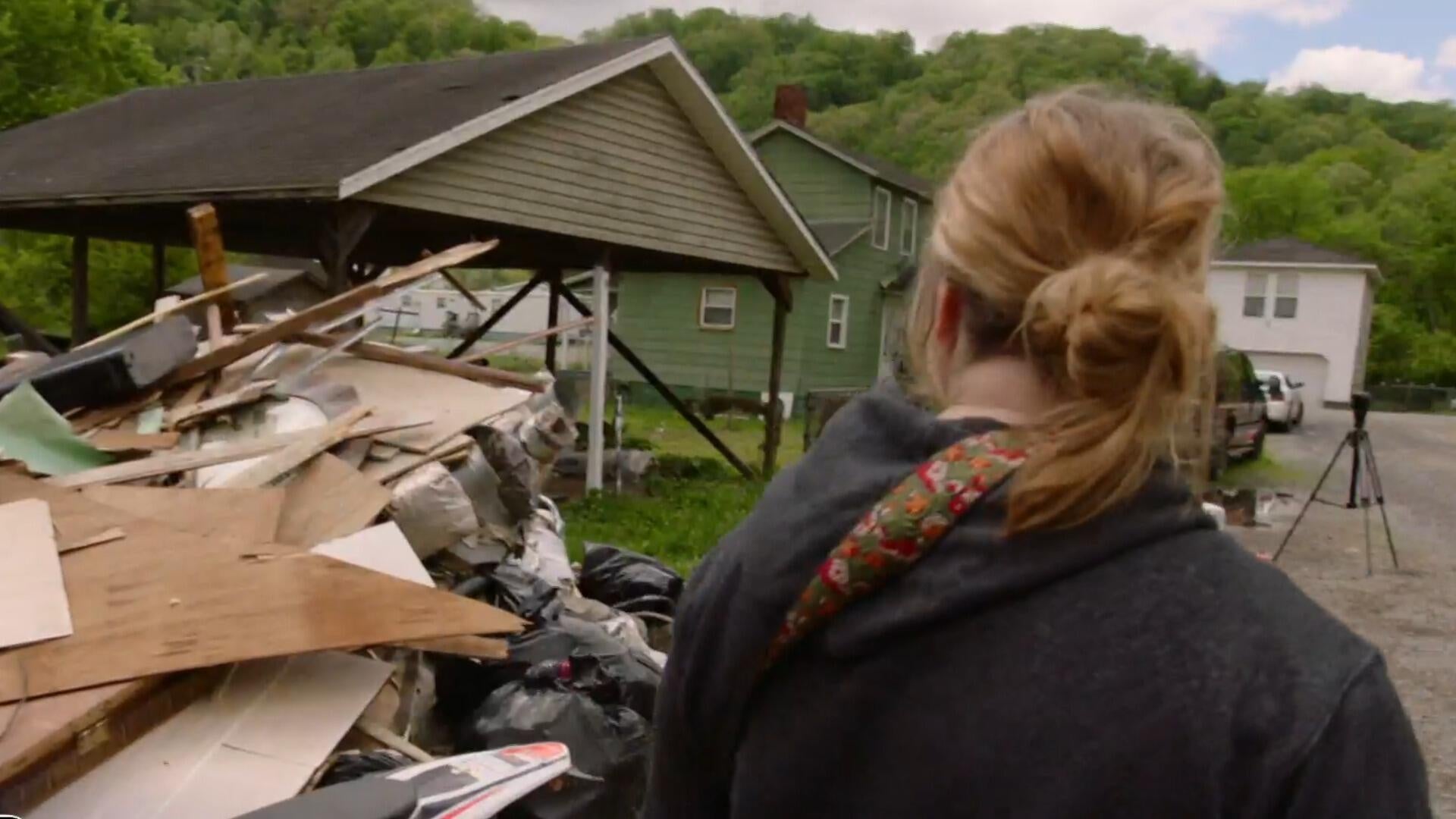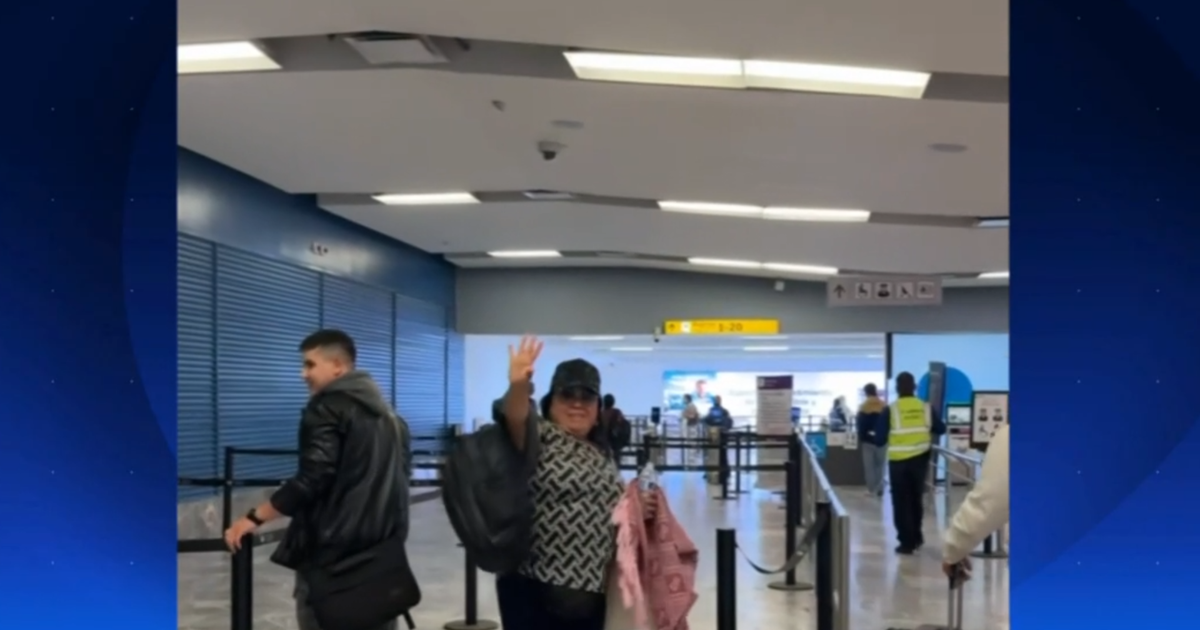In flood-ravaged West Virginia community, neighbors are the ones leading recovery
Photographer Sydnei Tatum can't shake the images she saw and captured in the aftermath of floods that devastated McDowell County in West Virginia.
"I mean, really, it looked like a third world country. There was mud everywhere," Tatum said. "Things that should be in a home were hanging in the trees. That's hard to see."
Tatum is more used to shooting weddings and family portraits, but when the floods came in February, she started driving the long trip to chronicle the trauma the water left behind.
She quickly put down her camera and picked up hauling supplies, removing debris and digging the mud out of buildings alongside the people who live there. Four months later, she's still among those helping pick up the pieces.
The remote Appalachian county, which is one of the poorest in the nation, is struggling to recover. But long before the floods tore through, the coal country community was hemorrhaging people and jobs, with a decimated downtown and more than triple the national poverty rate, according to U.S. Census data.
People in the community aren't accustomed to getting outside help, so they turn to neighbors and good Samaritans to bridge the gap.
"It seems like they wear this as a badge of honor," Tatum said.
Roberto Diaz's restaurant is one of the precious few left in downtown Welch, West Virginia, but the floods caused serious damage.
The water came up from the floorboards and poured in through the doors, filling up the basement with nearly 12 feet of water. Most of the items inside had to be thrown away, Diaz said.
He likely won't re-open for months, but the kitchen still worked, so he kept cooking, making more than 50,000 meals free for anyone in need.
Diaz didn't stop at food, spending what little spare time he had out helping repairing and rebuilding people's homes.
"During the beginning of the flood...there was so many places out of power, out of water," Diaz said.
The food deliveries continue, along with the work to convince folks to stay in a place that's already lost more than 80% of its population since 1950, according to U.S. Census data.
"That was my plea. Just to like, don't leave, let us know how we can help you to get back in your home — even if it's just food," Diaz said.
About $12 million of federal relief has trickled in. While the money helps, Tatum sees it as a drop in a mud-caked bucket.
"I'm just trying to scream from the mountaintops right now. Please look at McDowell County. They need help. Don't forget these people, because they are hard workers. They are good people," Tatum said.





